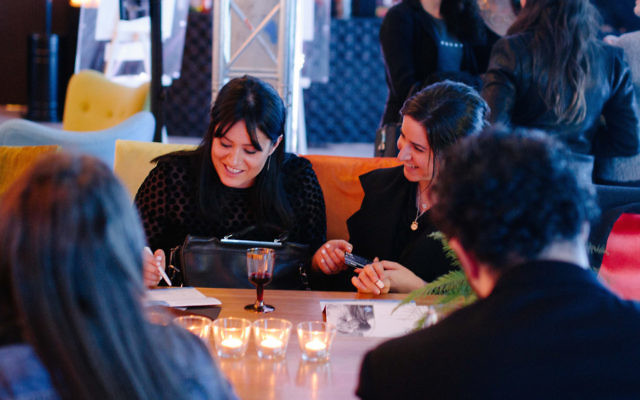A jump for JCA
JCA recorded significant increases in attendance and pledges during its 2016 campaign, which has been described as fresh, informal and engaging.
JCA recorded significant increases in attendance and pledges during its 2016 campaign, which has been described as fresh, informal and engaging.
The organisation took the decision to shake up its annual campaign this year, choosing to shine the spotlight on members of our community through the Humans of JCA exhibition, rather than bring out guest speakers as it has done previously.
And the plan worked, with just over $9 million already raised via the campaign.
Attendance at JCA’s events was up by 17 per cent from last year, the number of pledges to this year’s campaign was increased by 22 per cent, and there has been a 40 per cent increase in donations from the younger demographic in just six months.
JCA president Stephen Chipkin said the campaign was “deliberately different”, and put a real focus on the people and individuals who make up the community.
“We moved away from JCA as an institution into ‘let’s remind everybody what our community does for each other’,” Chipkin told The AJN this week.
He said the theme of Humans of JCA was an “inspired choice, and said a lot”.
“The moment you started seeing the photographs and hearing the stories, it resonated widely with everybody, from young to old. That was a very common connecting feature of our campaign this year; the human dimension of our community.”
Speaking about feedback on the campaign, Chipkin said people were “pleasantly surprised”, and there was “a real enthusiasm for getting more involved”.
“They [the events] were fresher. Can you imagine having the words sophisticated, cool and JCA all in the same sentence?
“That’s how people found the events. They were informal, engaging.”
Chipkin said a strong focus of JCA is the younger generation, as the average donor age until this year was 64 years old.
“Getting younger people to communal events is not that easy,” he admitted. “Getting the next generation connected and engaged with our community is a hugely important challenge, and an opportunity.”
He added: “Numbers of donors have been declining. When the older donors fade away, who’s going to carry the baton forward?
“We need the next generation to take on the responsibility to run and manage and lead our community. If they’re not engaged with it, it’s hard to grow the next generation of leaders.”
EVAN ZLATKIS


comments